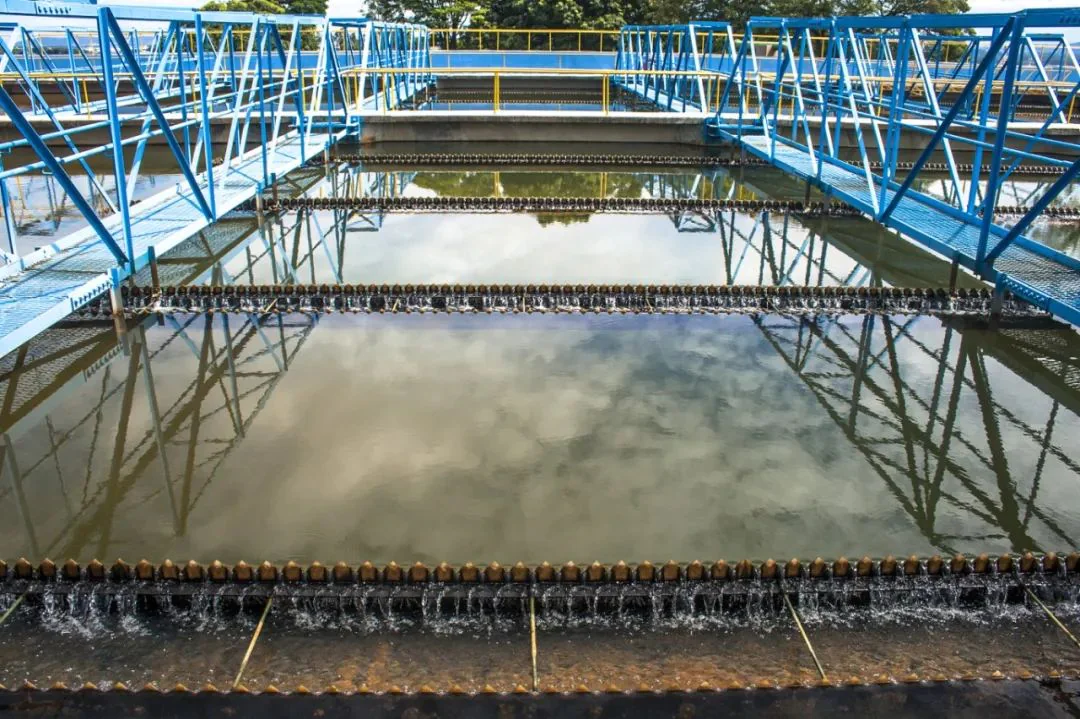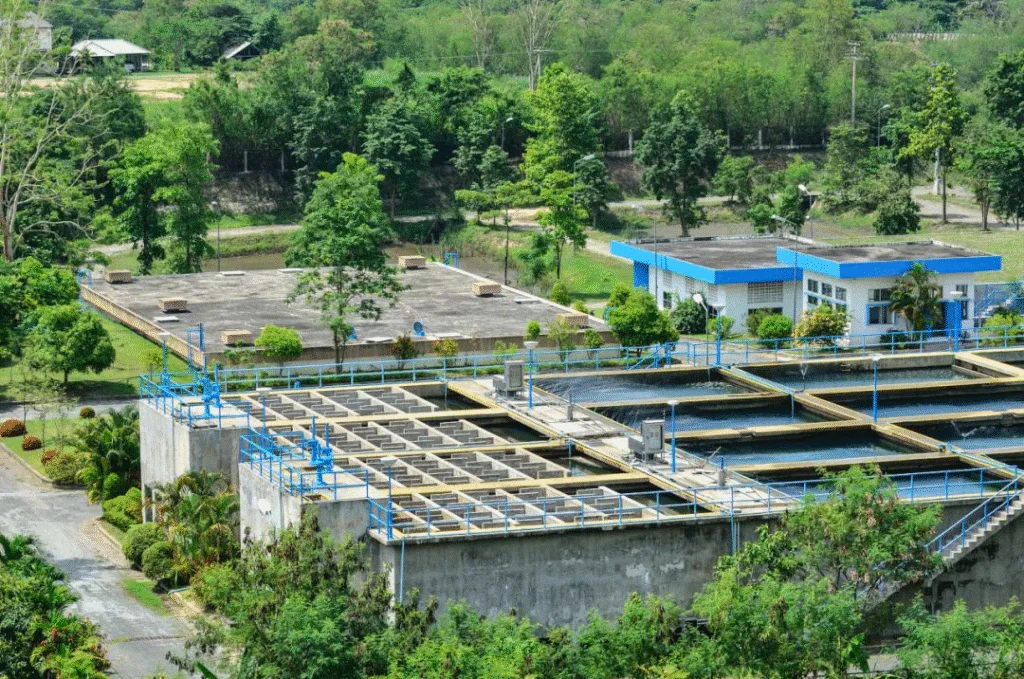In modern wastewater treatment systems, the hydrolysis-acidification tank plays a key role as a pre-treatment unit. It is especially useful for treating high-concentration organic wastewater and hard-to-degrade industrial wastewater. This tank helps improve water quality and increases the efficiency of the biological system. In this article, we explain how it works and why it matters.
What Is a Hydrolysis-Acidification Tank?
In anaerobic treatment, there are four main stages: hydrolysis, acidification, acetogenesis, and methanogenesis. The hydrolysis-acidification tank covers the first two. It breaks down large organic molecules into small, easy-to-digest ones. This improves the biodegradability of the wastewater, also called the B/C ratio.
In the hydrolysis stage, microbes use enzymes to break proteins, fats, starch, and cellulose into smaller compounds. In the acidification stage, these compounds are turned into volatile fatty acids (VFAs), such as acetic acid and propionic acid. These acids serve as good carbon sources for denitrification and aerobic processes later.

How Is It Different from an Anaerobic Reactor?
A hydrolysis-acidification tank is not the same as a full anaerobic reactor.
Its goal is to prepare the wastewater, not to fully degrade it or to produce methane gas. Anaerobic reactors like UASB or IC focus on removing COD and producing biogas.
| Feature | Hydrolysis-Acidification Tank | Anaerobic Reactor |
| Main Goal | Improve biodegradability | Remove COD, produce methane |
| Retention Time | Short (2–12 hours) | Long (8–48 hours) |
| Main Output | Volatile fatty acids (VFAs) | Methane and CO₂ |
| Use in Process | Pre-treatment | Main or advanced treatment |
Recommended Retention Times for Different Wastewaters
To avoid methane production, controlling retention time is key. Here are some suggested values:
- Domestic wastewater: Medium load, 2–4 hours
- Food processing wastewater: Easy to degrade, 4–6 hours
- High-strength industrial wastewater (e.g., from pharmaceuticals, dyeing): Complex or toxic, 8–12 hours
- Mixed-source wastewater: Depends on real conditions, 4–10 hours
Good control ensures VFAs in the output and supports better biological treatment later.
Key Benefits of Hydrolysis-Acidification Tanks
- ✅ Improve B/C ratio, help treat hard-to-degrade wastewater
- ✅ Buffer load shocks, protect the aerobic system
- ✅ Boost nitrogen removal, reduce need for extra carbon source
- ✅ Simple design, low cost, fits many wastewater types

Conclusion: Better Hydrolysis-Acidification, Better Wastewater Treatment
Though not the main treatment step, the hydrolysis-acidification tank is vital in the full system. With smart design and correct retention time, it can greatly improve system performance and lower costs. It is very useful for hard-to-treat wastewater, low B/C ratio water, and deep nitrogen removal needs.
